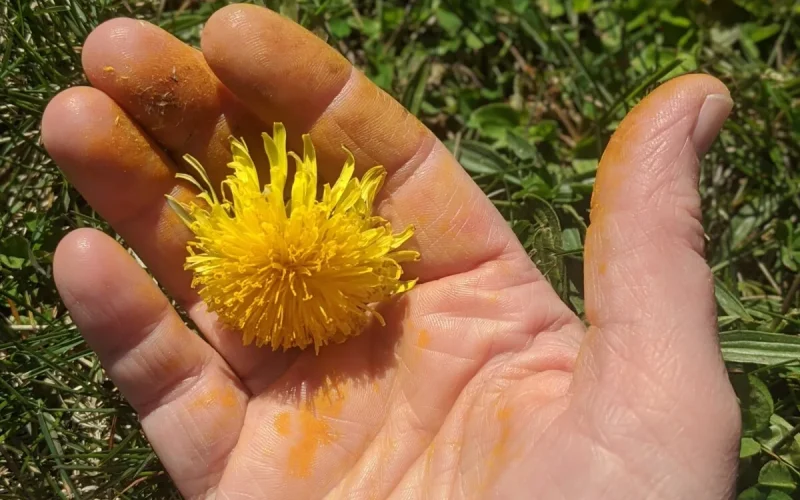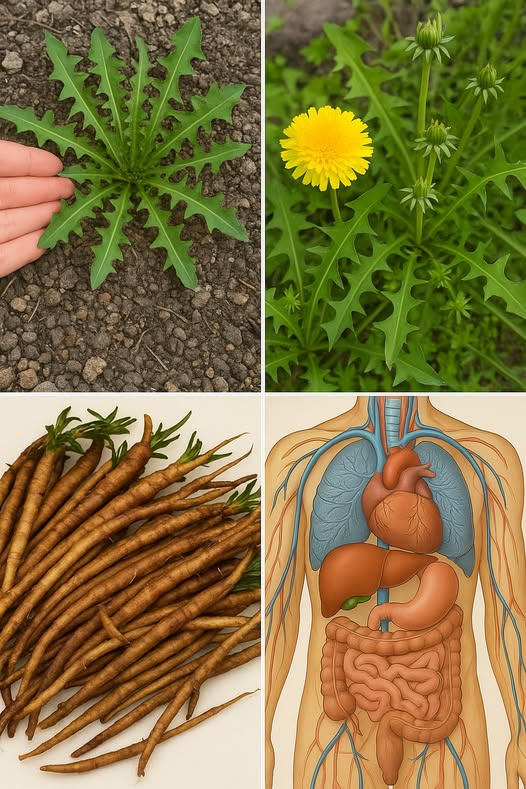
Different perspectives exist on various aspects of nature, and this holds true for the dandelion, often dismissed as a mere weed. What if, instead, we appreciate its beauty and the healing properties it offers?
Embracing the Dandelion: A Sustainable Choice
Letting dandelions grow naturally can be a boon for local bees and wildlife. These unassuming plants provide a plethora of resources, ideal for creating salves, syrups, essential oils, soaps, lotions, herbal tinctures, and teas.

Exploring the Dandelion’s Many Roles
You might recognize dandelions as the yellow, perennial flowers dotting lawns, but their scientific name is Taraxacum officinale. Belonging to the Asteraceae family, they share this lineage with plants like chamomile and artichokes.

Understanding plants through their Latin names and identifying them by their leaves and flowers deepens botanical knowledge. The dandelion, known by various monikers, reflects its unique flavor and traits in these names:
- Bitterwort
- Blow-ball
- Clockflower
- Lion’s tooth (referring to the leaf shape)
- Milk witch
- Piss-in-bed (due to its diuretic effect)
- Pissinlit
- Priest’s crown
- Swine’s snout
- Telltime
- Wild endive
The dandelion, distinct in its essence, exudes a mild, sweet fragrance, different from that of a rose, and resonates with the warmth of the sun.

Dandelions and Childhood Nostalgia
Recall the joy of wearing a crown of dandelions, a reminder of childhood’s simplicity. These memories, from making dandelion bouquets to staining hands with their pollen, connect us with nature and simpler times.
As adults, our focus turns to utilizing these plants for their myriad benefits.
Dandelion: A Nutritional Gem
Seeing dandelions as a valuable food source changes our perspective. They deserve preservation for their benefits to us and the ecosystem. Hence, it’s crucial to avoid harmful chemicals and let them thrive naturally in our gardens.

Rich in vitamins A, E, K, B1, B2, B6, and C, and minerals like magnesium and iron, dandelion leaves, despite their bitterness, are a nutritional powerhouse. Incorporating these and other wild plants into your diet can elevate your health.
The dandelion flowers are not to be overlooked either. They can be used in baking, tea making, or even in homemade dandelion wine, showcasing the plant’s versatility.
20 Creative and Beneficial Uses for Dandelion Flowers
When your garden starts showing a golden-yellow tinge, it’s time to harvest those bright dandelion petals before they disappear.

Begin by collecting the leaves early in the season to avoid a bitter taste. They can be dried like any herb. Dandelion buds, which sprout at the leaf base in early spring, are ideal for preparing pickled dandelion buds.
Choose a sunny day to gather the flowers, picking only what you need and leaving the rest for wildlife. These sunlit blooms, packed with vitamin A and pleasantly sweet, lend themselves to a variety of culinary uses. Remember to remove the green sepals, as they tend to be bitter.

Dandelion flowers are best enjoyed in cooked recipes, as the petals, easily detached from the flower head, can be dry when raw.
Dandelion roots can be collected all year, with their bitterness lessening in cooler fall weather. Always harvest from areas free of pesticides.



